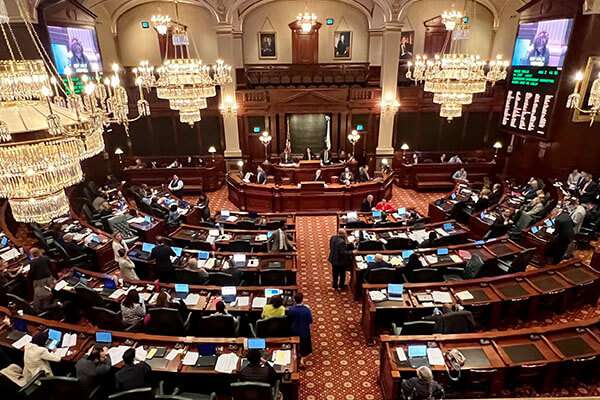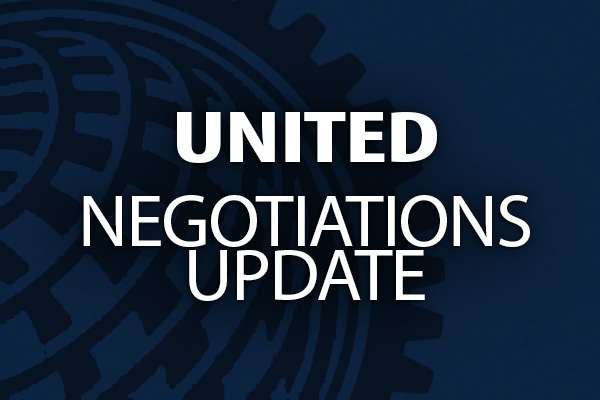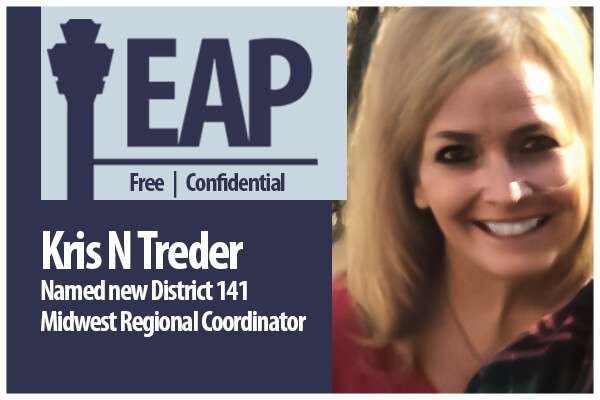by Eric Price | Mar 31, 2023 | Uncategorized
Agreement in Principle Between The International Association of Machinists & Aerospace Workers, District 141and United Airlines Holdings, Inc. Informational Town Hall Meetings ATL April 13AUS April 13-14BIL April 24, leaving 25BOS April 17-18BWI April 12CHIRR...

by Eric Price | Mar 29, 2023 | Uncategorized
Agreement in Principle Between The International Association of Machinists & Aerospace Workers, District 141 and United Airlines Holdings, Inc. Active Committee Members can use this form to register for the IAMAW / UA Tentative Agreement Informational Meeting at...

by Eric Price | Mar 25, 2023 | Front Page, MNPL, Other News, Recent News, Recent News, Row 2
Illinois State Council of Machinists Holds Annual Conference IAM141.org March 25, 2023 The Illinois State Council of Machinists and Aerospace Workers recently held its annual conference in Springfield, Illinois, from March 21-23. The conference began with a reception...

by Eric Price | Mar 20, 2023 | Front Page, Recent News, Row 2, United
United Contract Negotiations Update IAM and United management negotiators met this past Friday in Washington DC for 14 hours in an effort to reach agreement on seven IAM contracts covering almost 30,000 United Airlines workers. While United management has finally...

by Eric Price | Mar 18, 2023 | EAP, Front Page, Page Two, Row 2, Uncategorized
Kris N Treder Named New District 141 EAP Midwest Regional Coordinator IAM141.org March 15, 2023 IAMAW District President Mike Klemm and EAP Director Bryan Hutchinson have appointed Kris N Treder to serve as the new District 141 Midwest Regional Coordinator. Kris will...




